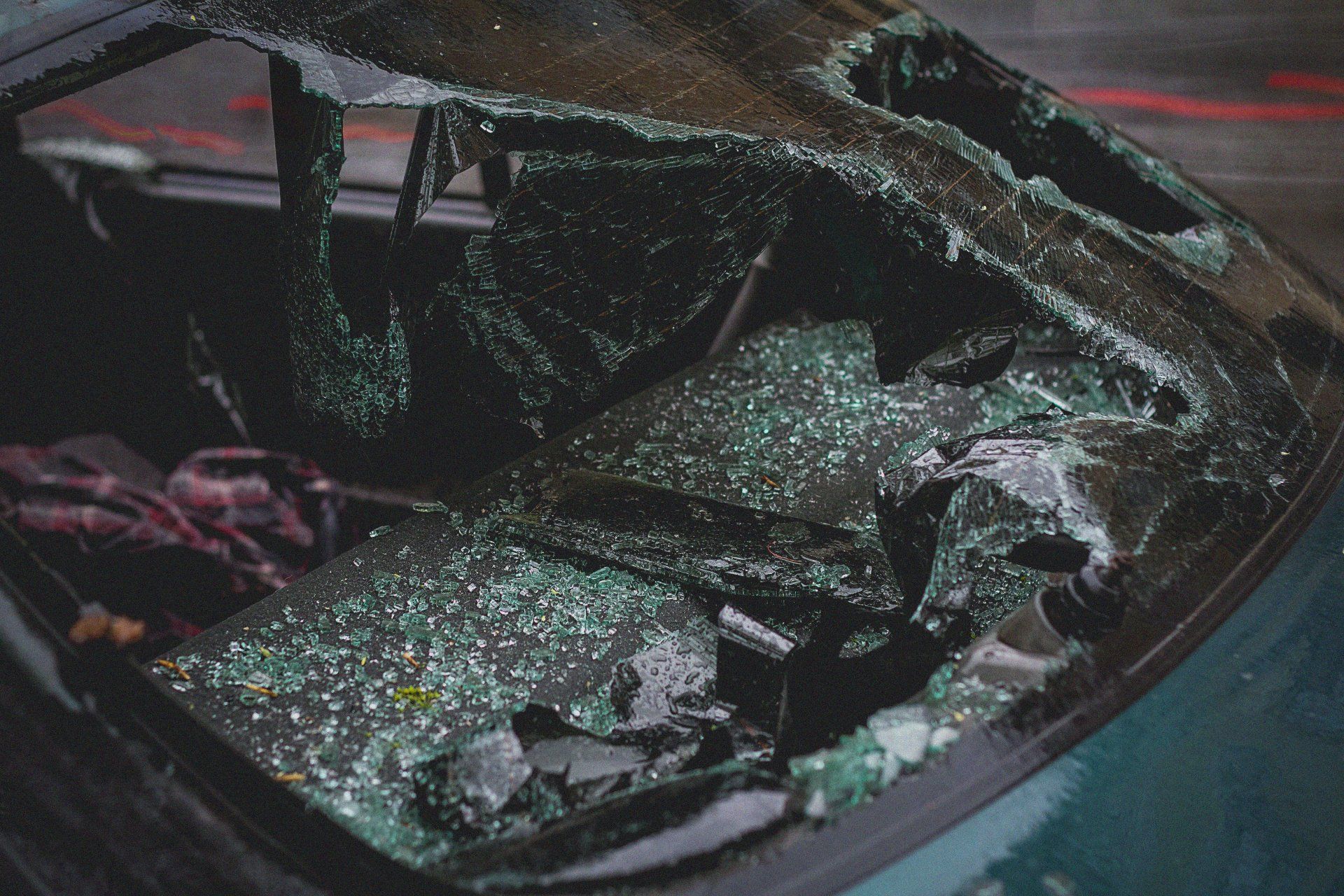Five Tips to Survive Any Winter Storm While Driving
After a record-breaking hurricane season, the Texas winter season wouldn’t be outdone, generating one of the deadliest winter storms in recent history. In Houston alone, the Harris County Sheriff Office reported that dispatchers took more than 400 crash reports.
If you were the victim of an accident caused by the icy conditions created by the devastating storm that took place in January, now is the time to contact Houston car accident attorneys at Lapeze & Johns. It is in your best interest to seek an attorney immediately as the longer you wait for legal guidance, the harder it can become to prove that your injuries are a direct result of the crash.
With a month left to go before spring begins, there’s plenty of time for another winter storm to cause damage. But a little bit of preparation and prevention can go a long way when it comes to ensuring your safety on your next trip. Consider the following:
1. Prepare for the Worst and Hope for the Best
Weather can change in the blink of an eye, so don’t let it catch you unprepared. Always have these items on hand – especially if you are headed out on a long trip – so that if things do change for the worst, you’re prepared:
- Extra thick coat
- Gloves
- Extra food and water
- Windshield scraper and washer fluid
- Extra gas
- Tire chains
- Sand or salt
- Jumper cables
- Batteries and electronic charging equipment
- Rain gear
Even though it is quite a long list of essentials that you need, it is better to have them in case of an emergency.
2. Check then Re-check Your Tires & Fluids
When weather conditions get cold, tire pressure contracts, causing your tires to deflate. In low temperatures, the rubber on the tires can become stiff and pull away from the seal—where the rubber meets the rim. This can lead to a blowout and accident while driving.
Make sure to also check the antifreeze levels of your vehicle(s). As temperatures drop, the antifreeze keeps the vehicle’s fluids from freezing over and damaging your engine. Without this fluid, your car can stop running.
3. Control Your Speed
Sudden stops and turning become a challenge when driving on icy roads. This happens because ice and snow decrease the traction of tires. Decreasing your speed and increasing your following distance will give you the time you need for some quick thinking while decreasing the likelihood of hydroplaning. Turn off your cruise control and manually adjust your speed when traveling in cold conditions.
It is also important to note, however, that a sudden stop can cause your brakes to lock, increasing the chances that your vehicle will skid. In the event that you do begin to skid, pump your brakes rather than slamming on them.
Maintaining proper speed limits, acceleration, and braking patterns while driving in cold weather may keep you safe.
4. Watch Out For Trouble Spots
In rain or shine, cold or hot, you’ve got to be vigilant for trouble spots on the road that can include:
- Exit Ramps – Too sharp or too fast of a turn could cause you to lose control of your vehicle on a slippery road.
- Bridges – Bridges are usually the first to freeze.
- Intersections – Give yourself enough time and space and brake early when coming to a stop at a light or sign.
- Black Ice – Ice that is transparent and often looks like a wet part of the road.
5. Don’t Be Afraid to Stop
At the end of the day, if driving conditions worsen and become unsafe, it is best to pull off of the road and wait. Don’t let the pressure of getting to your location quickly cloud your judgment. What truly matters is your health and safety.
If you sustained an injury during a car accident while driving during this past winter storm, there is still time to file a claim. Let Lapeze & Johns represent you.



